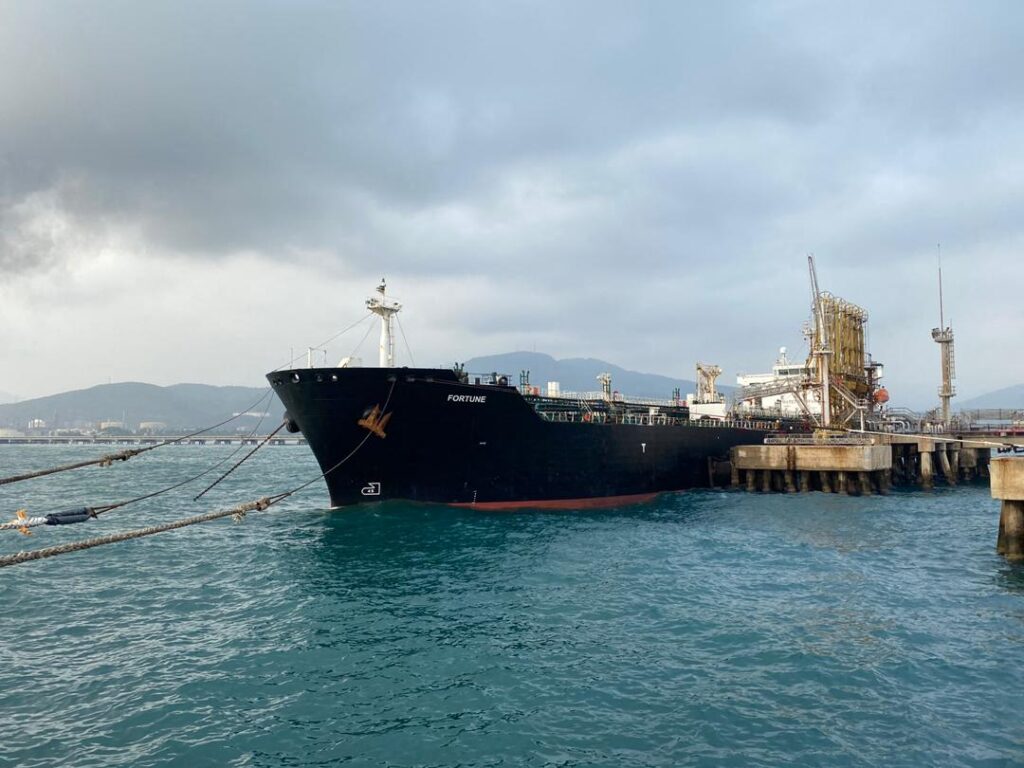
- ARAB NEWS
- 18 Aug 2025

TOKYO: Nearly 70 percent of Iranian oil tankers have made attempts to fake their travel routes, according to an analysis by Japan’s Nikkei newspaper.
The Nikkei report says many of the tankers likely transported crude oil to China to bring in foreign currency to the sanctioned Middle Eastern country.
Nikkei examined 179 tankers linked to Iran that have been sanctioned by the US Office of Foreign Assets Control, examining their movements between January and July. The analysis showed that 122 of the tankers cut off transmissions or falsified them over that period.
Large ships are required to be equipped with automatic identification systems (AIS) to prevent collisions and track vessels. These communicate with nearby ships, satellites, and land-based stations, providing location, destination, and cargo information.
In some cases, these transmissions are disabled to conceal a ship’s position. The report says AIS broadcasts are sometimes turned off temporarily as a protective measure against threats such as pirates but keeping them off for longer periods is indicative of illicit activity.
A clear example of AIS disabling was seen on June 24. AIS transmissions did not confirm a single tanker at Kharg Island in the Persian Gulf, the port that roughly 90 percent of Iran’s oil exports pass through, yet satellite images showed two tankers docked there.
One of the two ships had departed from China’s Shandong province in March. In June, its AIS transponder was cut off in the Persian Gulf about 250 kilometers from Kharg Island. It started transmitting again a few days later, arriving near Malaysia in mid-July.
Of the 122 tankers that attempted to fake their routes, 107 turned off their AIS for more than 24 hours at a time, mostly near the Persian Gulf. Seventy-six tankers are suspected of spoofing signals, with some showing locations on land in Iran or appearing to move more than 500 km in just four hours.
Iran’s exports of crude oil grew roughly 70 percent between 2019 and 2024, according to US nonprofit group United Against Nuclear Iran, with around 90 percent bound for China. However, United Nations data shows China’s imports of Iranian crude plunging after the 2018 sanctions on Iran, with none appearing since 2023. However, its imports of Malaysian oil have risen instead.
“Iranian-produced oil is being shipped to China as Malaysian oil using such tactics as cutting off AIS signals and location spoofing,” TOYODA Kohei of the Japan Organization for Metals and Energy Security was quoted as saying.